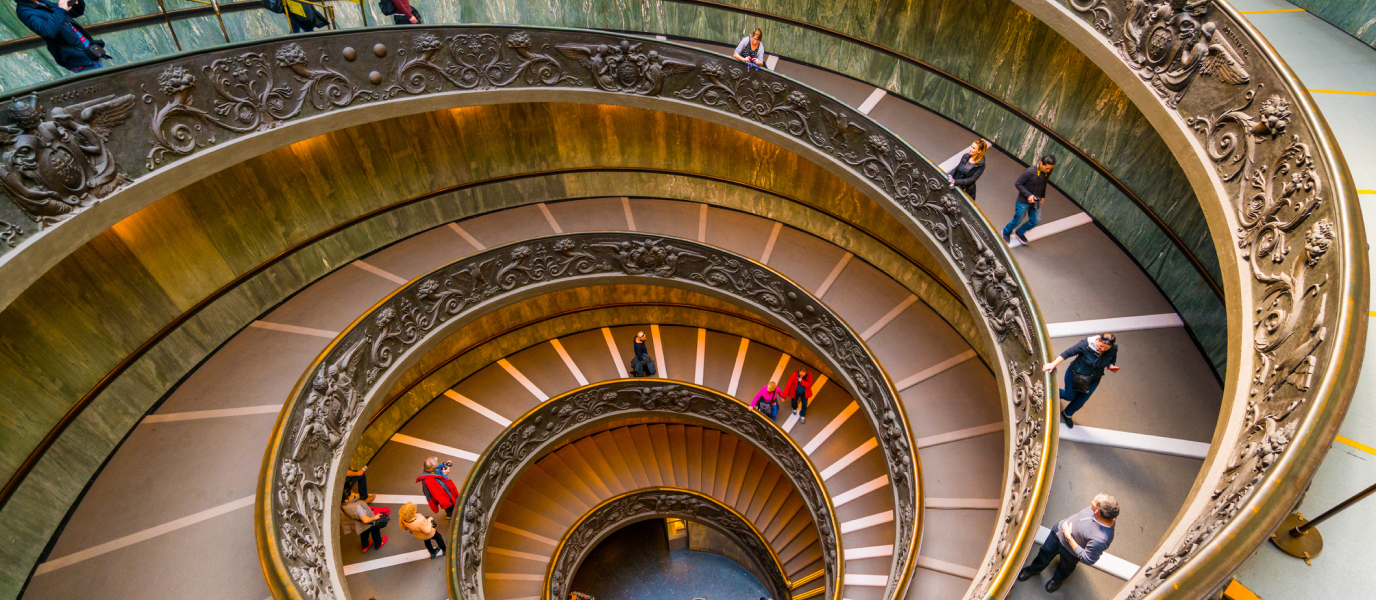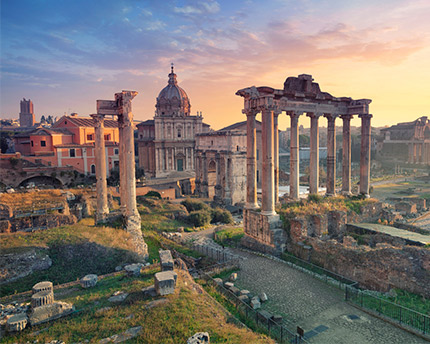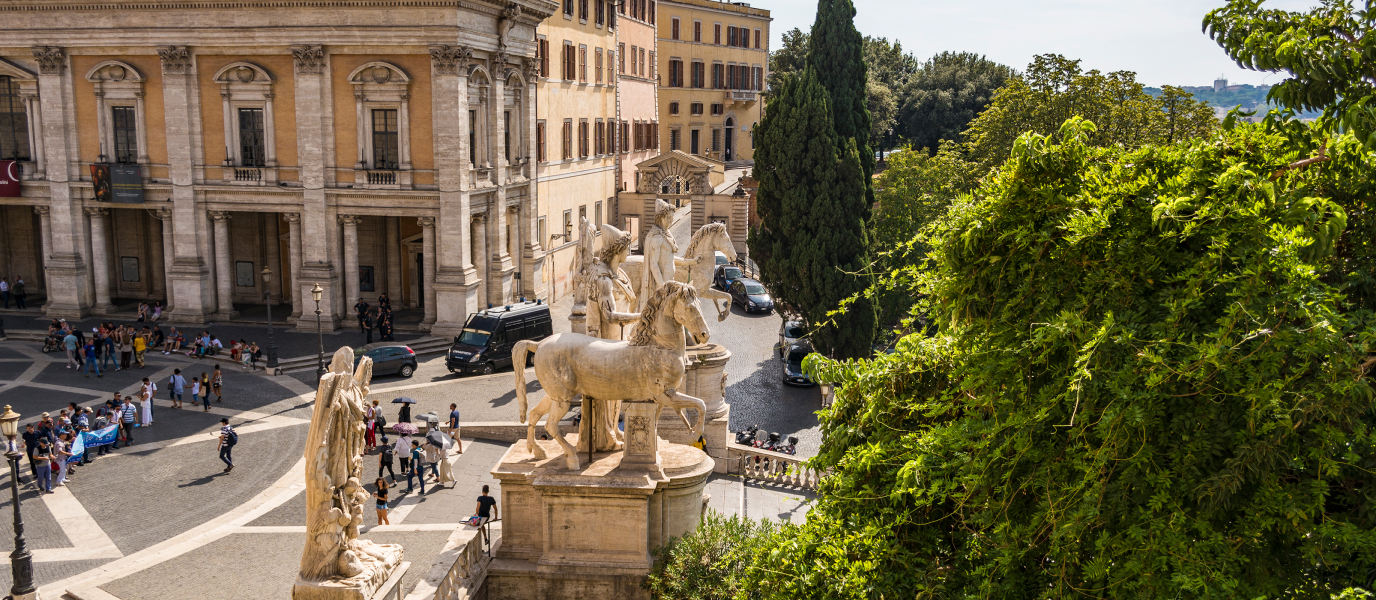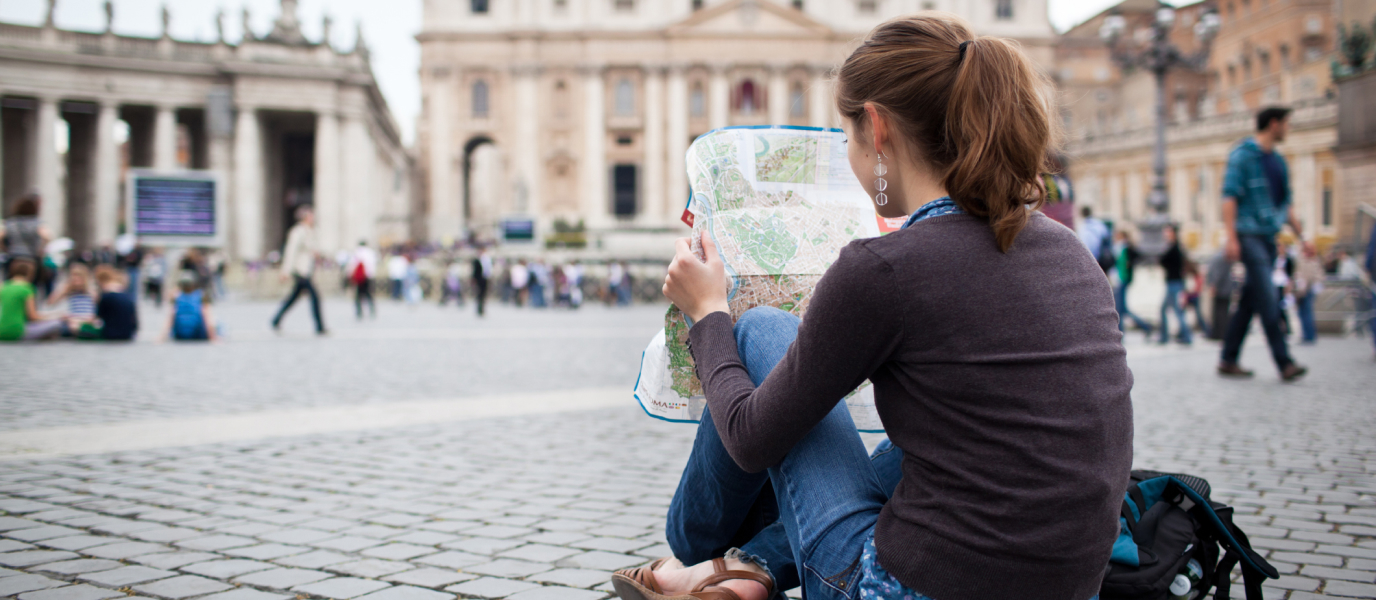The museum of museums. That’s how people refer to the Vatican Museums, as the museum is in reality a number of different museums. However, the sublime collections on display in the many galleries and rooms are not the only attraction, it is also where you will find the most interesting places in the Apostolic Palace, artistically speaking. The museums also house the Vatican library, which is considered one of the best libraries in the world and contains unique and fascinating treasures.
The amount of breathtaking pieces on display in the Vatican Museums is quite staggering, so it’s important to manage your time well when visiting. It’s easy to lose track of time in the labyrinth of galleries brimming with beautiful artwork. The collection is so colossal that it is practically impossible to visit all the rooms in just a few hours. You really have to prepare your visit and have a good idea of what you’re going to find inside.
The origin of the Vatican Museums
The large museum buildings are near to the St. Peter’s Basilica and stem from the original collection of art belonging to Cardinal Giuliano della Rovere, better known as Pope Julius II. He was already a great art collector when he became Pope in 1503 and he took all his prized sculptures with him to the Vatican.
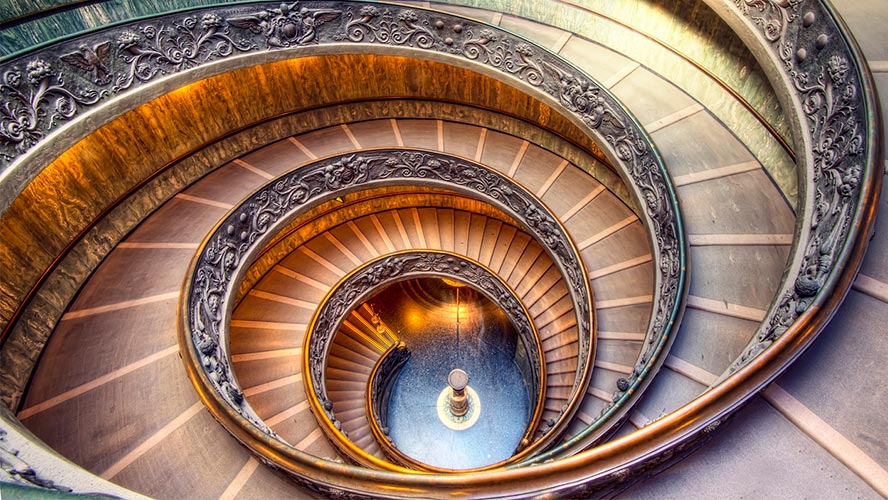
Little by little, the collections grew and grew, and new galleries were built. Archaeological excavations in Rome, donations made by families and acquisitions made by the different popes have all added to the collections over the years.
Work on the buildings themselves began in the 15th century when Nicholas V founded the Vatican Library. Soon after, Pope Sixtus IV commissioned the construction of the Sistine Chapel. The golden era, however, came when Julius II commissioned Michelangelo to paint the ceiling and Raphael to paint some of the rooms in the Apostolic Palace. Later popes created additional museums and the complex grew at a tremendous rate.
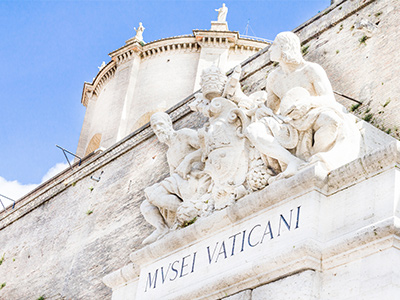
It was during the Enlightenment that Winckelmann’s archaeological findings would earn him the role of prefect of antiquities of the Vatican. He undertook important work categorising and organising the exhibitions. In fact, it was Winckelmann who ensured that the art stored in the Vatican Museums was, at long last, protected and shared. He shaped some of the most essential parts of the museums, including Pio-Clementino Museum and the Octagonal Courtyard.
This was the point in history when the existence of the Vatican Museums truly began to make sense. Work preparing and exhibiting all the collections continued and still continues today. You could now spend weeks inside and still not get to know them in detail. However, there are certain artistic gems that you really must not miss.
What to see in the Vatican Museums: the keys to a successful visit
It is really worth having some form of guide to follow when you visit the Vatican Museums. It’s really the only way of enjoying your visit, making the most of the time you spend there and ensuring that you get to see all the pieces you are interested in.
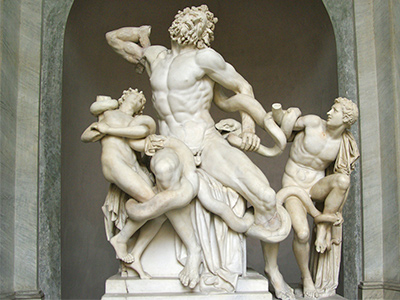
The Pio-Clementino Museum and ‘Laocoön and His Sons’
These galleries are among the most popular. Greek and Roman sculptures adorn twelve different rooms, the Octagonal Courtyard and the Round Hall. Many of these pieces came from Pope Julius II’s collection. Make sure you take time to contemplate the ‘Laocoön and His Sons’ sculpture, and read the exciting story about how it was discovered and the legend attached to it. This diagonally set pyramidal composition and the drama of the figures is really rather breathtaking. The main pieces on display for you to enjoy are ‘Apollo of the Belvedere’, a Roman copy of ‘Apoxyomenus’ by Lyssipos, and ‘Apollo Sauroktonos’ by Praxiteles.
Chiaramonti Museum: the ‘Augustus of Prima Porta’ and ‘The River Nile’
This museum was refurbished and organised by sculptor Antonio Canova and comprises three large galleries. It houses a Roman period copy of ‘Doryphoros’ by Polykleitos, the Greek artist’s most famous work of art. One of the most popular pieces is a marble copy of the ‘Augustus of Prima Porta’, which was found at the Villa of Livia. It was clearly inspired by the ‘Dorpyphoros’, so you can compare the two on your visit. Set a few minutes aside as well to take in the colossal statue representing the River Nile.
The Gregorian Etruscan Museum
If you are keen on ceramics and other similar objects, don’t miss the splendid collections in the twenty-two rooms of this museum.
The Gregorian Egyptian Museum and the ‘Book of the Dead’
A rather singular copy of the ‘Book of the Dead’ surrounded by sarcophagi and statues are just some of the marvels in the nine rooms of this museum.
The Pinacoteca Vaticana and the ‘Transfiguration of Christ’
There are almost 500 works of art in this part of the Vatican Museums. It is really worth taking a few moments to stop and contemplate some of the artwork in the gallery. They include ‘St. Jerome in the Wilderness’, an unfinished (and perhaps the last) painting by Leonardo da Vinci. You can also enjoy works such as ‘The Entombment of Christ’ by Caravaggio, a master of tenebrism. There is also a modern art collection including works by Van Gogh, Chagall and Picasso.
Niccoline Chapel
Painter Fra Angelico was responsible for decorating this chapel. He created beautiful frescoes depicting scenes from the lives of St. Laurence and St. Stephen.
The Borgia Apartments
Italian painter Pintuicchio was commissioned for the job of decorating these six rooms by Pope Alexander VI. The paintings and frescoes drew on a complex iconographic programme.
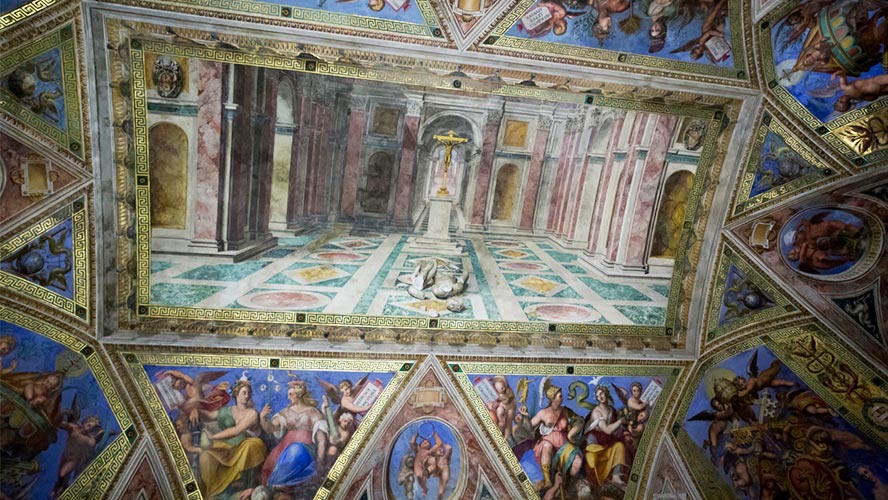
Pine Cone Courtyard
This is one of the most photographed spots in the Vatican Museums. It gets its name from the large bronze pinecone that is the focal point of the courtyard. Don’t miss the attractive sculpture of two concentric spheres designed by Arnaldo Pomodoro that also makes this courtyard truly special.
Raphael’s rooms
The work commissioned by Pope Julius II means that we are now able to enjoy marvellous frescos completed by Raphael. They are a museum in themselves. The paintings are spread out across four large rooms on the second floor of the Apostolic Palace. The ’School of Athens’ fresco in the ‘Stanza della Segnatura’ (Room of the Signatura), which symbolises the wisdom of classical antiquity, is a real highlight. The Room of Heliodorus, The Room of the Fire in the Borgo and the Hall of Constantine complete the suite. It is just one of the cherries on the cake at the Vatican Museums and an absolute must for your itinerary.
The Sistine Chapel
We tend to say that we should save the best for last. This is certainly true in this case. You simply cannot leave the Vatican Museums without spending at least a few moments admiring the vaulted ceilings on which Michelangelo altered the paradigms of art forever, even if it does mean getting a sore neck! Before you leave the Sistine Chapel, don’t forget to take a look at ‘The Last Judgement’ altar and get another perspective on the artist’s brilliance.



























































